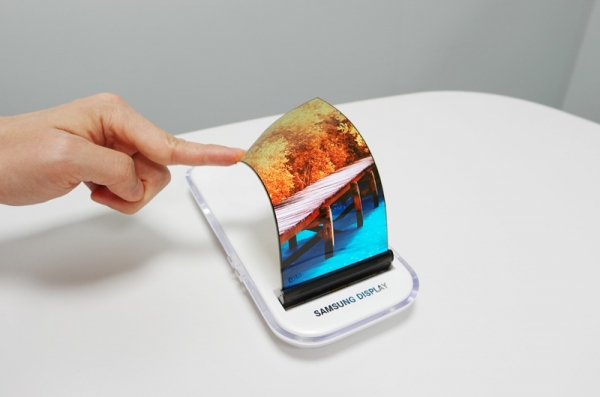
Display technology has made a visible improvement over the past few years. Even though it took nearly 90 years for the introduction of the first color television, display technology recently experienced exponential growth, and companies are focused on bringing new features to displays. Until 2017, most commercial display products were focused on making the most accurate 2D display. Companies produced televisions with 16,000 resolution and tried to fit more pixels so that the displays were as realistic as possible. In 2022, devices as small as mobile phone internal cameras can record microscopic details. Many companies have declared that their primary goal is not producing the most accurate display anymore; they are developing new display technology in different directions.
Samsung surprised the world in 2019 with their new mobile phone, the Galaxy Fold, which could be folded in half. While its prototype with the new infinity flex display had been revealed in 2018 at a developer conference, it was the first product with a foldable display was introduced to the market. They announced that they were going to use them on their upcoming products. They declared that this new technology will be the next step in the development of mobile phones, as it enabled the phone to be more compact.
Many people expressed their concerns about the new phone. Many questions were raised regarding its stability and whether the foldable display was in the right direction. Some stated that adding an extra step to opening the phone would not be so “smart” while its stability was tested and was proven to be durable for market standards. They have continued to develop several devices with foldable and slidable displays and are focusing on making bigger displays that can be stored compactly when needed. Although it is impossible to state whether creating the new foldable market was a success, sales results show that the new foldable phones have made a solid start in the market as one million units of their “Z Flip 3” were sold in 39 days. Sale numbers have increased for the succeeding phone models after their initial release which was a positive indicator.
Apart from the foldable display, another direction in new display technologies is the 3D display. With the proliferation of virtual reality and new forms of virtual materials like non-fungible tokens, NFT, and virtual simulations, three-dimensional display technology is projected to play a crucial role in the future. Until 2021, most three-dimensional displays relied on separate devices like wearable glasses at cinemas. Acer and Sony both announced that they are working to develop a display that allows photos or structures designed on devices to be viewed three-dimensionally. Sony has invested to create their SpatialLabs and their first product at the showcase, Stereoscopic 3D, and showed how objects on screen could be displayed as if they were three-dimensional. They declared that their ultimate goal is to create displays that allow objects to be viewed from different perspectives simultaneously.
Now, in 2022, most companies have started to look beyond creating the most accurate 2D display by increasing the screen resolution. Most companies are looking to create more realistic 3D displays and better foldable or rollable screens. Technological improvements over the past few years might mark a new milestone for a new phase in display technology.


